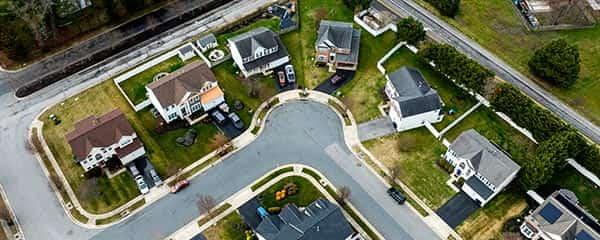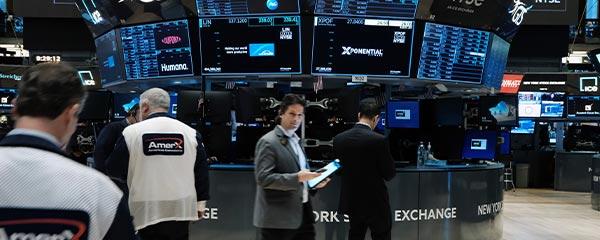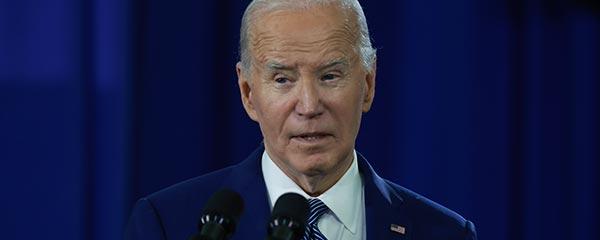WASHINGTON, D.C. -- Fifty-four percent of Americans identify as part of the middle class, including 39% who say they are “middle class” and 15% “upper-middle class.” Another 31% consider themselves “working class” and 12% “lower class.” Just 2% of U.S. adults characterize themselves as “upper class.”
These readings are generally in line with those since the Great Recession. Before then, Americans were typically more likely to self-identify as members of the middle or upper-middle class and less likely to say they belonged to the working or lower class.
The latest findings are from Gallup’s annual Economy and Personal Finance poll, conducted April 1-22. This is the 11th reading on this measure from the annual survey since 2002.
From 2002 through 2006, an average of 61% of Americans considered themselves middle or upper-middle class; however, that dropped to 56% in 2008, at the start of the Great Recession -- and since then, the figure has averaged 53%. Meanwhile, the combined percentage of U.S. adults identifying as working or lower class has increased from an average of 37% pre-recession to 45% since.
Social class identification has generally been stable since 2019, even as Americans' ratings of the U.S. economy have grown significantly worse.
Education and Income Influence Social Class Identification
Historically, Americans’ self-identified social class has been largely influenced by their income and education levels. U.S. adults with higher annual household incomes and those with college and postgraduate degrees are most likely to say they belong to the upper or upper-middle class. Americans with lower incomes and those with only a high school education are most likely to identify as working or lower class.
Older Americans, White adults and Democrats are also more likely than their counterparts to identify as members of the middle class.
Although Americans’ social class identification has been consistently related to their education and income levels, the relationship with other characteristics, particularly party, has changed over time.
Partisans’ Class Identification Has Shifted in Recent Years
Until 2022, Republicans were more likely than Democrats to identify as upper-middle or middle class and less likely to identify as working or lower class. However, in the past two readings, the trend has been reversed, with Democrats more likely than Republicans to identify as upper-middle or middle class. Meanwhile, Republicans now lead in combined identification as working or lower class.
Still, a slim majority of Republicans (53%) consider themselves upper-middle or middle class and 46% as working or lower class.
Bottom Line
The Great Recession appears to have caused Americans to reevaluate their social class. Still, despite persistently high inflation and weak economic confidence over the past few years, a slim majority of Americans continue to identify as members of the middle class. Educational attainment and income level have consistently been closely linked to U.S. adults’ social class identification. In recent years, Republicans have become more likely to identify as working and lower class, while Democrats have shifted to characterize themselves more as upper-middle and middle class.
To stay up to date with the latest 优蜜传媒News insights and updates, .
Learn more about how the works.
View complete question responses and trends (PDF download).




